Apple : CANADIAN STRAWBERRY Large Semi-Dwarf (B118)
$53.95
In spite of it's name, this heirloom variety actually originated in Maine and was saved from extinction by John Bunker of Fedco Nursery. Here is how John describes this rare find: 'Beautiful, superb tasting dessert apple. Surprisingly juicy, distinctly tart, full-flavoured, medium-to-large, round conic fruit. Rich buttery-yellow skin overspread with a veil of vibrant red-orange. Very good early season cider.' Canadian Strawberry tops taste test trials on a regular basis.
NEEDS A POLLENIZER | ZONE 4 | HARVEST: LATE SEPT.
TRIPLOID- Plant with several other varieties.
.
Only logged in customers who have purchased this product may leave a review.
Growing Tips
Besides selecting the most disease resistant varieties, there are
a few simple things to do to have better apples.
- Fertilize under the outer edges of your trees. There are no feeder roots next to the trunk. A well fed tree stays healthier. (Adequate calcium in the soil also helps so that apples keep longer.)
- Pick up fallen fruit and compost, dispose of, or feed to livestock (where possible).
- Rake up leaves in the fall and compost them away from the orchard.
- Prune trees to encourage light and air to reach the inside of the tree.
- Provide bird nesting sites near your orchard. A variety of orchard companion type plants will attract native pollinator insects and also encourage birds to come and eat insect pests.
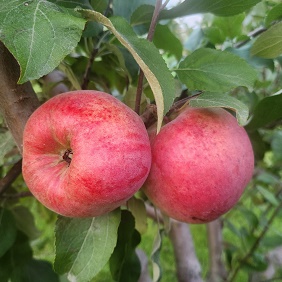
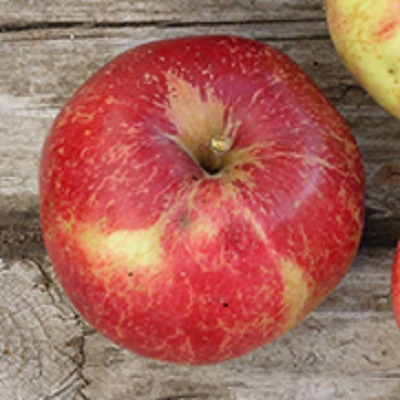
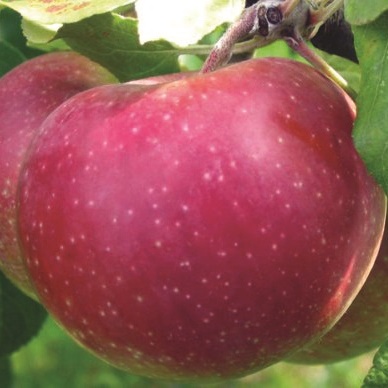
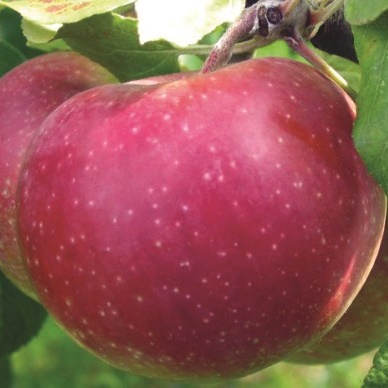
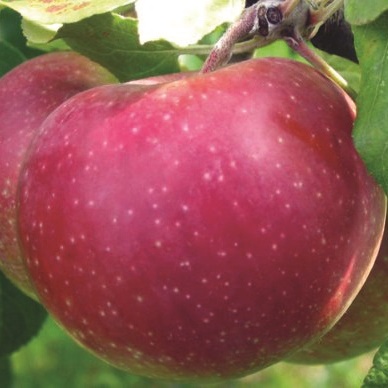
Reviews
There are no reviews yet.